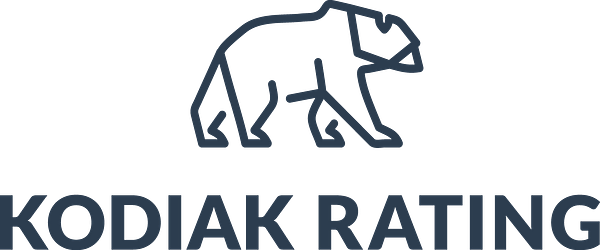News -
Manufacturers admit to struggling with the Digitalization of Supply Chains.
Recent studies have shown that the digital transformation of supply chain activities and strategies hasn’t been the easiest transition for manufacturers.
“Only 29% of manufacturers admit to truly understanding what having a Digital Supply Chain Network (DSN) is, with under 15% implementing a DSN and expecting them to become the norm for the business in the next five years, according to a new study” (Henderson 2017).
While this statistic is saddening, it reflects an issue - that must be addressed - lying deep within the core of businesses globally.
The want to integrate vs. the capacity to integrate
These numbers may come as a shock to some, considering the keyword hype 2017 brought us involving supply chain intelligence and digital supply chain networks, and their emergence/importance.
In reality, adopting a DSN is a process that takes time, competencies, education and man-hours. Regardless if there is a want to integrate, the capacity to integrate a holistic digital supply chain network is still a tall task.
Sapio Research on behalf of Zetes completed the study, mentioned above.
A recent article by Supply Chain Digital delved into report and fished out some key highlights worthy of noting:
- “Over half (59%) do not have real-time visibility of stock levels within the organisation
- 65% do not have real-time view of suppliers’ manufacturing schedules
- 68% do not have a real-time view of manufacturing volumes across plants within the organisation
- Only a third of manufacturers are able to aggregate information across the supply chain
- Despite the rise in the Internet of Things (IoT) and aspiration of digital supply networks, organisational effectiveness is still reliant on date communications including telephone, fax and email to share critical information” (Henderson 2017).
These statistics show major gaps in the technological advancements of supply chains within organizations surveyed. As discerning as these statistics may seem today, the next year or two will be a telling time period for the transformation of businesses.
Some of the companies had already stated their urgency to make important changes. “38% of respondents are looking to improve supplier collaboration, 35% supplier performance monitoring and 34% predictive alerts to mitigate disruption” (Henderson 2017).
Related links
Topics
- Finance
Categories
- digital supply chain network
- digitalization
- supply chain management
- supply chain
- supplier relationship management
- news
- business

